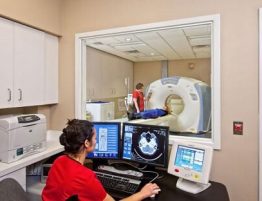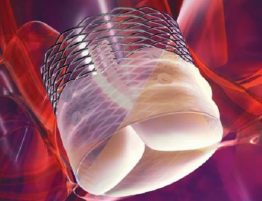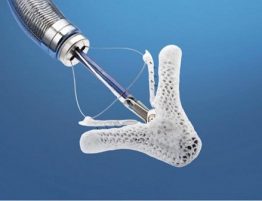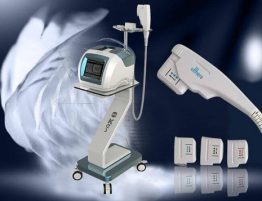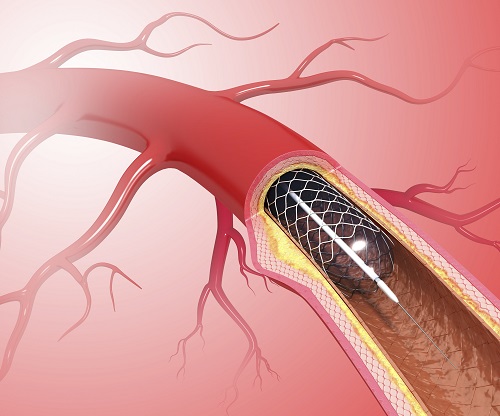
Therapeutic cardiac catheterization in restenosis
Heart recatheterization is an innovative procedure, that allows patients to dispose chest pain and reduce risks for vascular occlusion of heart. Given the fact that restenosis is a rare disease, specialist in some countries do not have enough experience in the sphere of its treatment. Very often doctors are unable to help their patient and to give a professional and effective therapy. Technologies that are used in Israel are capable of eliminating this illness. Having a heart recatheterization, patients can get back to their normal life.
Indications for catheterization
Therapeutic cardio catheterization is a direct medical grounds in restenosis, that has been a side effect after angioplasty or stenting which can be a reason for steno cardia, cardio failure or even heart attack.
The reasons of restenosis
Endovascular surgery is an effective and reliable way of arteriostenosis treatment. But there are sometimes cases, when the replaced stent stops to extend the arteries and stabilize the blood flow. That leads to obstruction on the stent parietes. After the plaque subsides on the stent, a luminal occlusion is detected. This is an extremely severe complication that can happen right after the operation, a few months later or even in a year time. The patients with diabetes and those who have been installed a stent without a special medical cover, are in a group with a high risk level. Also the reasons for possible restenosis are some kind procedures that that patient have undergone such as:
- The stenting of the vessel of the medium size
- Atherosclerotic process in vessel that have damaged its sufficient part
What are the stages of therapeutic cardiac catheterization?
Before the procedure, the patient goes through accurate and modern diagnostic. The cardiologist or heart specialist must be confident of catheterization as the most effective and safe treatment where the patient can easily undergo this type of surgery and the procedure will be conducted successfully. Consultation with cardiologist, echo-cardiography and breast X-ray screening – are an obligatory part of diagnostic.
The procedure is held without general anesthesia and the patient is give some painkillers and tranquilizers. The doctor inserts a special needle into patient’s femoral artery, through which a core wire is delivered to the arteria. Being thoroughly monitored by hi-tech equipment, the wire is delicately delivered via vessels to the damaged area. After that the needle is interchanged into introducer – a special appliance that allows to get multiple access to the femoral artery. The patient is given an IV (intravenous) line of anticoagulants to reduce the risk of thrombus formation.
Soft and flexible catheter is delivered via core wire to the heart. Patient can feel a small pressure in groin area during the catheter is inserted, but he doesn’t feel as it moves through the vessels. After that, the cardio surgeon removes the core wire and positions the tip of the catheter at the bottom of the coronary artery. A special counterstain is injected to the coronary artery lumen via catheter. It is called angiocardiogram and it helps to get the image of vessels condition. The specialist can see their general state, their size and all emerged defects.
A small balloon is delivered to the heart via catheter. It’ main function is to blow up and to expand the vessel’s walls in the area, where the previous angioplasty has taken place or the old stent is positioned. After the vessels walls have reduced to the requested size, a surgeon performs a “stent-to-stent stenting” that means that the new stent is positioned right above the old one.
The stents that are used by Israeli medics for this procedure are covered with some special thrombolytic medications that eliminate thrombus and prevent their reappearance. The method of targeted drug delivery guarantees the maximum positive effect. After the stent being placed, the surgeon removes the catheter and the patient is transported to the hospital room. For the few next days, the patient is under specialists thorough medical supervision.
The cost of cardio catheterization in Israel
The total cost of the procedure depends on patient’s general medical history (anamnesis) and is calculated individually after all medical examinations and diagnostic. In total, the cost of therapeutic cardiac catheterization in Israel is 30-50% cheaper than in European and American clinics.
The advantages of cardio catheterization in Israel
- Long-standing experience. CVD – cardiovascular disease treatment – is one of the most developed and advanced spheres in Israel. Our clinics perform various scientific researches and permanently imply innovative methods and therapy techniques. Patients from all over the world come to Israeli clinics to get therapeutic cardio catheterization.
- Highly-professional medical staff. Israeli cardiologist and cardio surgeons are one of the most qualified specialists in the world. Therapeutic cardio catheterization has become a regular procedure that is performed by our specialist with maximum accuracy and success. Their technique is honed to perfection.
- Innovative medications. Israeli clinics use the latest stents and medications of new generation that are characterized with utter thrombolytic effect and low risk of side-effects.
- Developed medical tourism. Due to the fact that medical tourism is one of the most highly-developed spheres in Israel, all patients are in very comfortable position. Plenty of factoring companies provide their clients with full time accompaniment, all necessary document translations and assistance in any questions.
- Price. In comparison with other countries with highly-developed medical sphere, the total cost of Israeli treatment is 30-50% cheaper. To perform treatment, one shouldn’t bring any prepaying. The patient makes a complete payment after their conduction.

